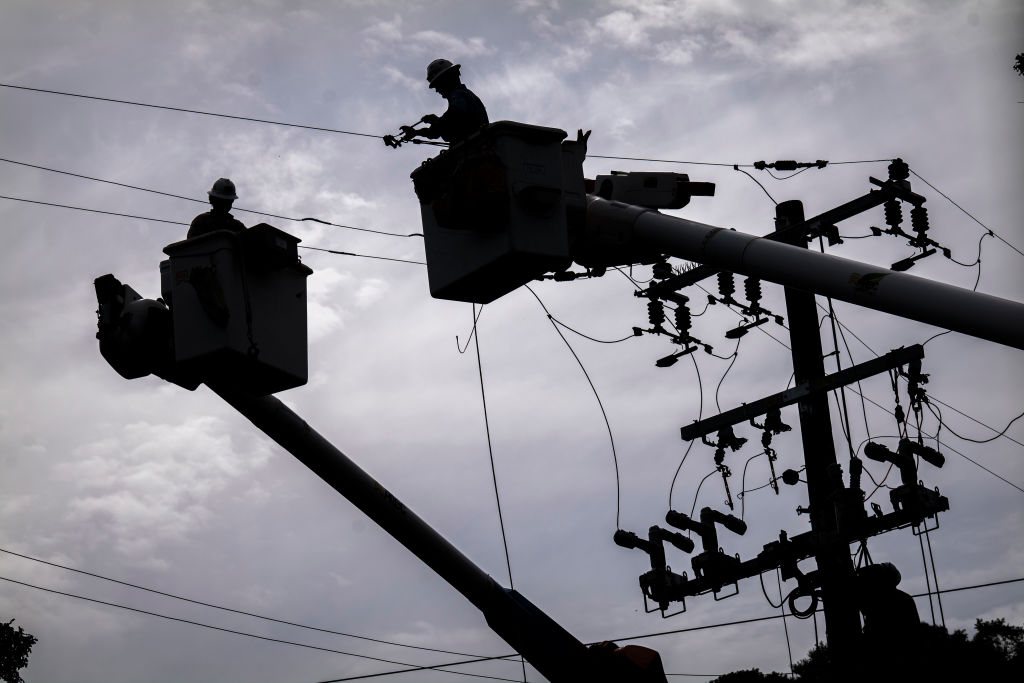
Russia Launches Deadliest Attack on Kyiv This Year
April 25, 2025
The Return of Stagflation
April 25, 2025 Ho-fung Hung
Economists and policy advisors both within and outside China have always thought that the best course of action is to boost domestic consumption. It is theoretically easy to do. There have also been figures in the Chinese government talking about the need to increase the share of domestic consumption in GDP, from Zhu Rongji in the 1990s to Wen Jiabao in the 2000s and Li Keqiang more recently. But if you look at the data, while domestic consumption may be growing in absolute terms, it is actually stagnant or falling as a share of GDP.
There’s a reason why that structure is so difficult to transform. China was integrated into a global neoliberal trading system, coordinating very well with the US. This dates back to the 1970s, when organized labor was becoming more powerful in the US and other Western countries, demanding higher wages, while at the same time there was more pressure for environmental protection, with the formation of bodies like the [Environmental Protection Agency]. The environmental and labor costs of production in Western countries were rising.
This created an opening for China to join the trading system and solve the problem of falling profits for Western capital, because the country offered low labor and environmental protection costs for enterprise. Ever since the 1980s, Western capital has been able to escape the empowerment of workers and stricter environmental regulations by moving production to China.
This is the secret of China’s success: it could offer Western capital, and later homegrown Chinese capital, favorable conditions that you could not really find anywhere else in the world. Even in Southeast Asia, although incomes are low, you have elections and independent trade unions in many of those countries, so they could not go as far down that road as China did. This is built into the core of the Chinese economic model.
The downside of the model is that with such low levels of protection for workers — not only workers in manufacturing and construction, but also now in the platform economy — you have very low household incomes and a very low income share of GDP, which constrains people’s consumption power. I am speaking here about ordinary people, not the big spenders who buy luxury bags in Paris. This structure makes it difficult to boost domestic consumption.
It’s very hard to change this situation, especially since China is not a country like Brazil or India that holds elections, so politicians are not under pressure to carry out policies like Brazil’s much acclaimed Bolsa Família that directly transfers cash income to low-income families. In India, there are incentives for local politicians and the central government to make transfers to rural areas at election time. Some people will see it as a form of vote-buying, but it functions as a kind of income transfer that can boost consumption. The share of domestic consumption in the economy is much higher in Brazil, India, and other large middle-income countries than it is in China.
At the same time, some economists are already saying that if household income is not up to the job of boosting consumption, maybe the government can do it by using some typical Keynesian policy tools and engaging in deficit spending to consume and offer public goods like social housing, free education, and socialized health care. However, Chinese government officials (particularly the central government) have been very conservative when it comes to fiscal policy ever since the 1980s. They have always been afraid of losing control if the government doesn’t have a big surplus in its pocket.
As China has been facing a lot of headwinds in terms of exporting to the US and Europe, with tariffs and other protectionist measures against Chinese EVs, steel, and other products, it has been looking for new outlets for its exports, from the Gulf states in the Middle East to the Global South. But income levels in the Global South are not as high as they are in Europe, Japan, and the US. Many developing countries have also started to impose their own protectionist measures on Chinese products, from Indonesia to South Africa.
In theory, it should be very easy to shift to a model based on domestic household consumption rather than an export-oriented one, but only in theory. Politically, the structure of the regime and the vested interests in China make it much more difficult than theory would suggest, while at the same time, we are seeing new barriers to Chinese exports around the world.
They are caught in a very difficult situation, and if it is not resolved, the economy is going to continue slowing down. Yet an economic meltdown might not be a nightmare scenario for the regime from the perspective of its own security. Examples like Venezuela and Iran show that economic crisis does not necessarily spell trouble for a regime as long as it can maintain the systems of control and surveillance.
Great Job Ho-fung Hung & the Team @ Jacobin Source link for sharing this story.





